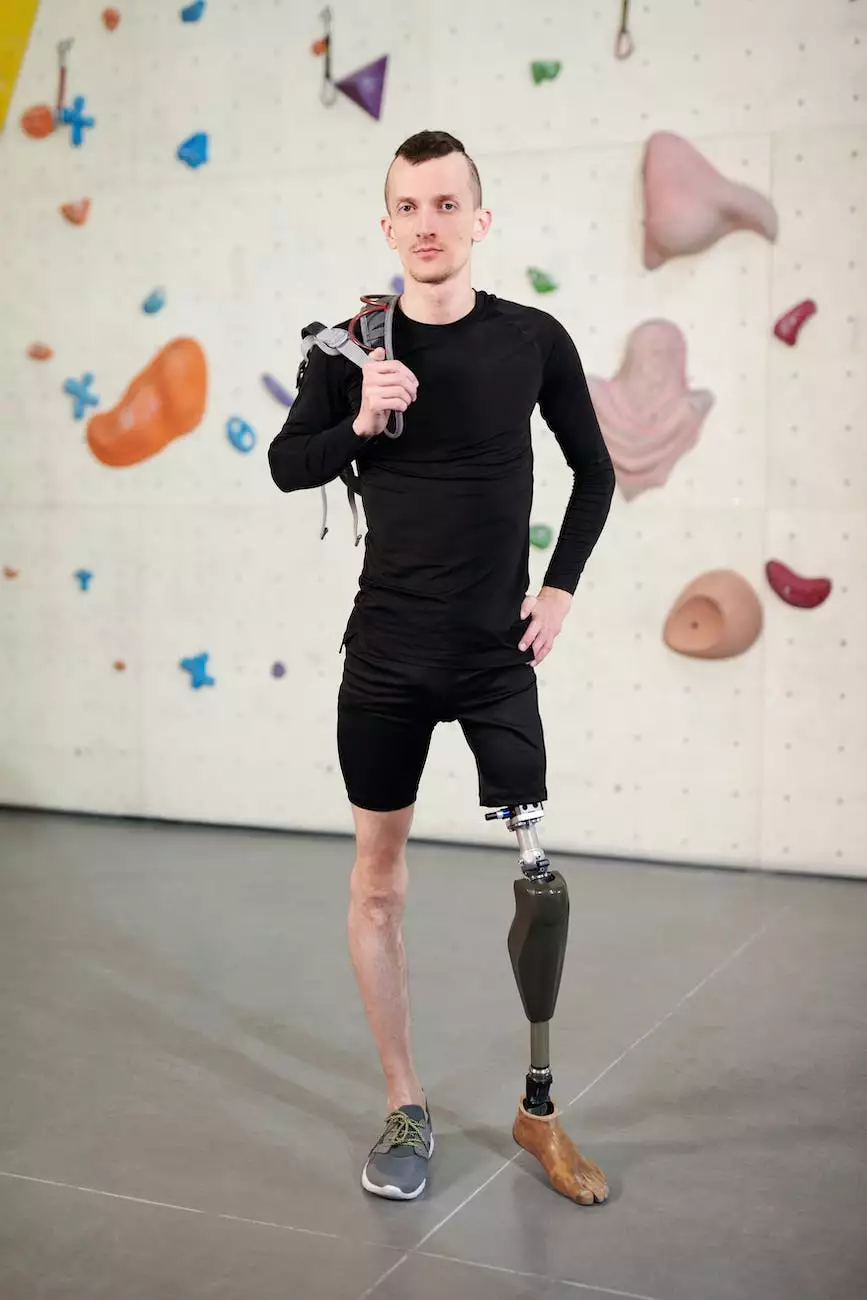Does Exercise Help Varicose Veins?

Understanding Varicose Veins
Varicose veins are a common condition that affects many individuals, particularly women. They appear as swollen, twisted veins, usually in the legs. Varicose veins develop when the valves within the veins fail to function properly, causing blood to pool and the veins to enlarge.
The Importance of Exercise for Varicose Veins
Incorporating regular exercise into your daily routine can have numerous benefits for managing varicose veins. Exercise helps improve blood circulation, strengthens the muscles around the veins, reduces inflammation, and prevents blood from pooling. It also promotes overall vascular health.
Recommended Exercises for Varicose Veins
While exercise alone may not eliminate varicose veins entirely, it can provide relief from symptoms and prevent their progression. Here are some exercises that can help:
1. Walking
Walking is a low-impact activity that stimulates blood flow without placing excessive strain on the veins. Aim to walk for at least 30 minutes every day to experience the benefits.
2. Cycling
Cycling is another excellent exercise that encourages circulation and strengthens leg muscles. Whether you prefer outdoor cycling or using a stationary bike, it can be a valuable addition to your routine.
3. Swimming
Swimming is a whole-body workout that is gentle on the joints and promotes circulation. The water's buoyancy also helps reduce pressure on the veins while providing resistance for muscle strengthening.
4. Leg Exercises
Performing specific exercises that target the leg muscles can help improve blood flow and reduce discomfort associated with varicose veins. Some effective leg exercises include leg lifts, calf raises, and ankle rotations.
Tips for Managing Varicose Veins Naturally
In addition to exercise, there are several other lifestyle changes and tips you can incorporate to manage varicose veins naturally:
1. Maintain a Healthy Weight
Being overweight or obese puts additional pressure on the veins, worsening varicose vein symptoms. Maintain a healthy weight through a balanced diet and regular exercise to alleviate the strain on your veins.
2. Elevate Your Legs
Whenever possible, elevate your legs above heart level to facilitate blood flow. This simple technique reduces swelling and discomfort associated with varicose veins.
3. Avoid Prolonged Sitting or Standing
Prolonged periods of sitting or standing can hinder blood circulation, contributing to varicose veins. Take breaks to stretch, walk around, or perform simple leg exercises to keep the blood flowing.
4. Wear Compression Stockings
Compression stockings are specifically designed to apply pressure to the veins, helping them function effectively and reducing the risk of blood pooling. Use compression stockings as directed by your healthcare professional.
5. Follow a Healthy Diet
Avoid foods high in sodium, as they can cause water retention and worsen swelling associated with varicose veins. Instead, opt for a diet rich in fruits, vegetables, whole grains, and lean proteins.
Conclusion
While exercise cannot completely eliminate varicose veins, it plays a crucial role in managing the condition and improving overall vascular health. Incorporate the recommended exercises into your routine, follow the provided tips, and consult with a healthcare professional for personalized advice on managing your varicose veins. By taking proactive steps, you can experience relief from symptoms, prevent further complications, and improve your quality of life.




